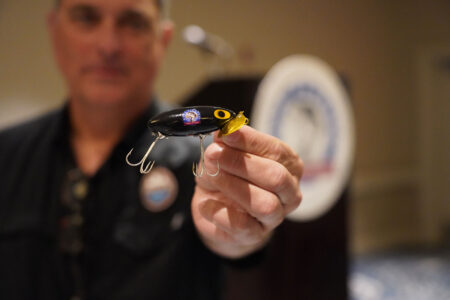The regional nonprofit organization Save the Sound released results of its “2020 Long Island Sound Report Card” on October 6. For the first time, in addition to open-water testing, the biennial report includes water quality grades and findings for 50 bays and bay segments in the Long Island Sound. The report revealed surprising results, raising concern about the current ecological health of local bays and their resilience in the face of warming trends and ongoing pollution from Sound communities.
Only 44% of the bays and bay segments received a grade of B or above. Nearly half (48%) received poor grades of D or below for dissolved oxygen levels, an important measure of water quality. Low dissolved oxygen (hypoxia) can lead to fish and other marine life die-offs. Another concerning finding is poor grades resulting from excess seaweed as well as algae floating in the water, which are caused by nitrogen pollution entering the Sound from coastal and upstream communities. Further, the report revealed that the quality of nearby “open-water” in the Sound does not always predict the quality of water in adjacent bays, with important ramifications for environmental health.
Tracy Brown, Regional Director of Water Protection for Save the Sound, commented, “For the first time, thanks to the unified efforts of 22 groups from around the Sound, supported by funding from EPA’s Long Island Sound Study, we have two years of consistent data on Long Island Sound’s bays and the results are sobering. Many of the bays in the Sound are stressed and the predicted impacts of climate change and population growth in our region will only exacerbate current issues and potentially create more in the future. Thankfully, there are proven strategies that citizens and local governments can implement to protect and restore the health of these waters. These data serve as a roadmap for that work to come.”
Results from the 2020 Long Island Sound Report Card, including more than 12 years of data on water quality in the open waters of the Sound and 2 years of data on bays, have been posted to www.SoundHealthExplorer.com. For the first time, the site includes an interactive map allowing visitors to click on specific bays to view water quality grades and the data behind them. Divided into themes including “Swimmable,” “Fishable,” and “Livable,” the website also provides data on water quality at 200-plus beaches, and even a tool designed to highlight the potential impact of predicted rising sea levels on coastal communities. Finally, the site offers specific actions that local residents can take to protect and improve the water quality of Long Island Sound and its numerous bays.
Ongoing testing has revealed that specific segments within bays can vary widely in water quality, due to localized pollution factors and poor tidal flushing in inner sections. For this reason, the report includes data on a total of 50 bay segments, drawn from 38 individual bays in the Sound.
The list includes surprising results, including the fact that bays located adjacent to the most pristine sections of open water in the greater Long Island Sound can still score poorly, due to localized factors. Wequetequock Cove, near Stonington, CT, for instance, earned a “D-,” despite its location next to the Eastern Basin of the Long Island Sound, which scores an “A+.” In contrast, bays can also score higher than neighboring open water sections of the Sound. New Rochelle Harbor earns a “B-,” compared to the adjacent “C” grade of the open water “Eastern Narrows.”
Data on water quality in the bays of Long Island Sound were compiled by 22 partner organizations and municipalities working with identical testing methods in the Unified Water Study, funded by the federal EPA’s Long Island Sound Study and administered by Save the Sound. The organizations track levels of dissolved oxygen, chlorophyll-a, water clarity, seaweeds, and dissolved oxygen saturation to determine annual scores. Open-water scores are generated from sampling programs conducted by Connecticut Department of Energy and Environmental Protection, Interstate Environmental Commission, and New York City Dept. of Environmental Protection, and are graded using a metric which includes dissolved oxygen, chlorophyll-a, water clarity, and dissolved organic carbon, a stable indicator of human impact on marine ecosystems.
The 12-years of open-water scores shows gradual improvement in water quality in Long Island Sound. Investments in upgrading wastewater treatment plants to reduce nitrogen load have begun to pay dividends. The “Eastern Basin” and “Central Basin” continue to receive “A” grades with a lower coastal population and strong tidal exchange with the Atlantic Ocean contributing to an environment that is supportive of marine life. The “Eastern Narrows” and “Western Basin” scored a “C” and “B” respectively, with worsening chlorophyll-a scores over the past two years likely a result of fluctuating weather conditions. Regrettably, the “Western Narrows” adjacent to New York City remains mired in an “F” score, underlining the fact that more work needs to be done. Improving levels of dissolved organic carbon do offer a hopeful sign for the future for this section of the Sound. Overall; these scores bear watching in the future, particularly as climate change and development pressures are expected to continue to add stress to the marine environment.





